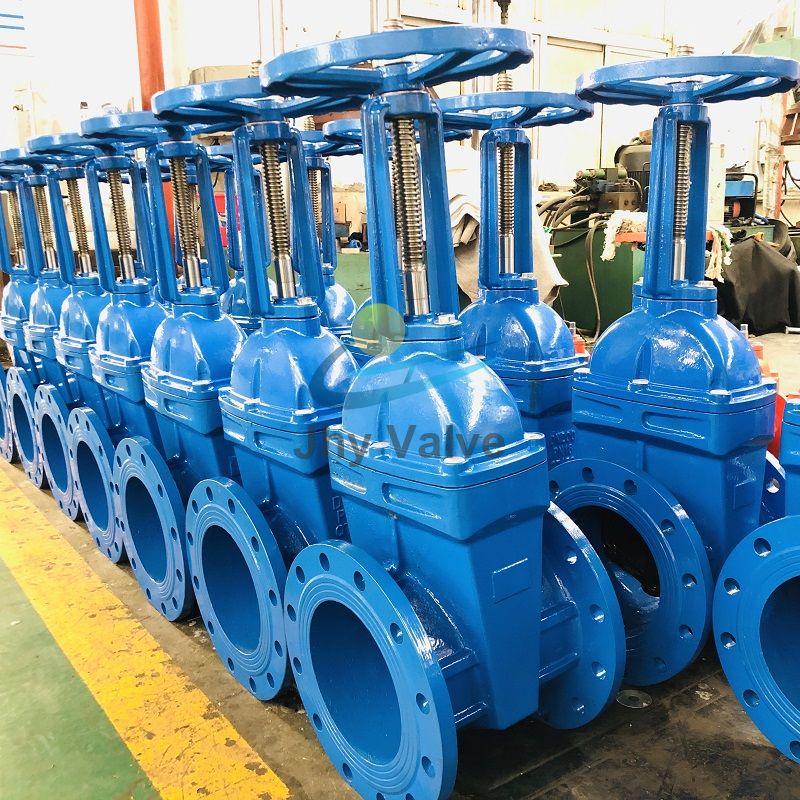Aug. 16, 2023
Mechanical Parts & Fabrication Services
Gate valves are essential components in various industries for regulating fluid flow. Among the different types of gate valves, two common variants are the rising stem gate valve and the non-rising stem gate valve. In this article, we'll compare these two types, highlighting their differences, advantages, and typical applications.

Rising Stem Design: The rising stem gate valve is characterized by its stem that moves in an upward direction as the valve is opened. This movement provides a clear visual indication of the valve's position, making it easy to determine whether the valve is open or closed.
Mechanical Indicator: The rising stem serves as a mechanical indicator, offering real-time information about the valve's status. This feature is particularly advantageous in situations where visual confirmation is essential.
Protection from Environmental Factors: The stem's upward movement helps keep it away from potential contaminants or debris present on the ground, reducing the risk of stem damage and ensuring smooth operation.
Applications: Rising stem gate valves are commonly used in applications where the valve's status needs to be visually monitored, such as in water treatment plants, fire hydrant systems, and municipal water supply networks.
Compact Design: The non-rising stem gate valve features a stem that remains in a fixed position as the valve is opened or closed. This design is advantageous in situations with limited vertical space, as it doesn't require additional clearance for stem movement.
Space Efficiency: The non-rising stem's compact design allows for efficient use of space, making it suitable for installations where vertical space is at a premium.
Related links:Prevention of External Contamination: Since the stem doesn't move externally, it is less prone to picking up dirt, debris, or contaminants from the surrounding environment, contributing to the valve's longevity.
Applications: Non-rising stem gate valves are commonly found in underground applications, pipelines, and systems where vertical space is restricted. They are also used in industries where avoiding external stem contamination is critical.
Stem Movement: The most apparent difference is the stem's movement. In a rising stem gate valve, the stem moves up as the valve opens, while in a non-rising stem gate valve, the stem remains stationary.
Space Requirement: Rising stem valves require vertical space for stem movement, while non-rising stem valves are more space-efficient.
Visual Indication: Rising stem valves provide a visual indicator of the valve's position, which is not the case with non-rising stem valves.
Environmental Protection: Rising stem valves offer better protection to the stem from external environmental factors.
Applications: Rising stem valves are suitable for applications where visual indication is necessary, whereas non-rising stem valves are ideal for confined spaces and situations where stem contamination is a concern.
Both rising stem gate valves and non-rising stem gate valves have distinct features and advantages that make them suitable for specific applications. The choice between the two depends on factors such as space availability, visual monitoring needs, and environmental considerations. Understanding these differences allows you to select the appropriate valve type for your project, ensuring optimal performance and longevity.
Related links:Previous: How do I choose the right sealing gasket?
Next: Unveiling the Vital Function of Horizontal Slurry Pumps in Industrial Operations
Related Articles
If you are interested in sending in a Guest Blogger Submission,welcome to write for us!
All Comments ( 0 )